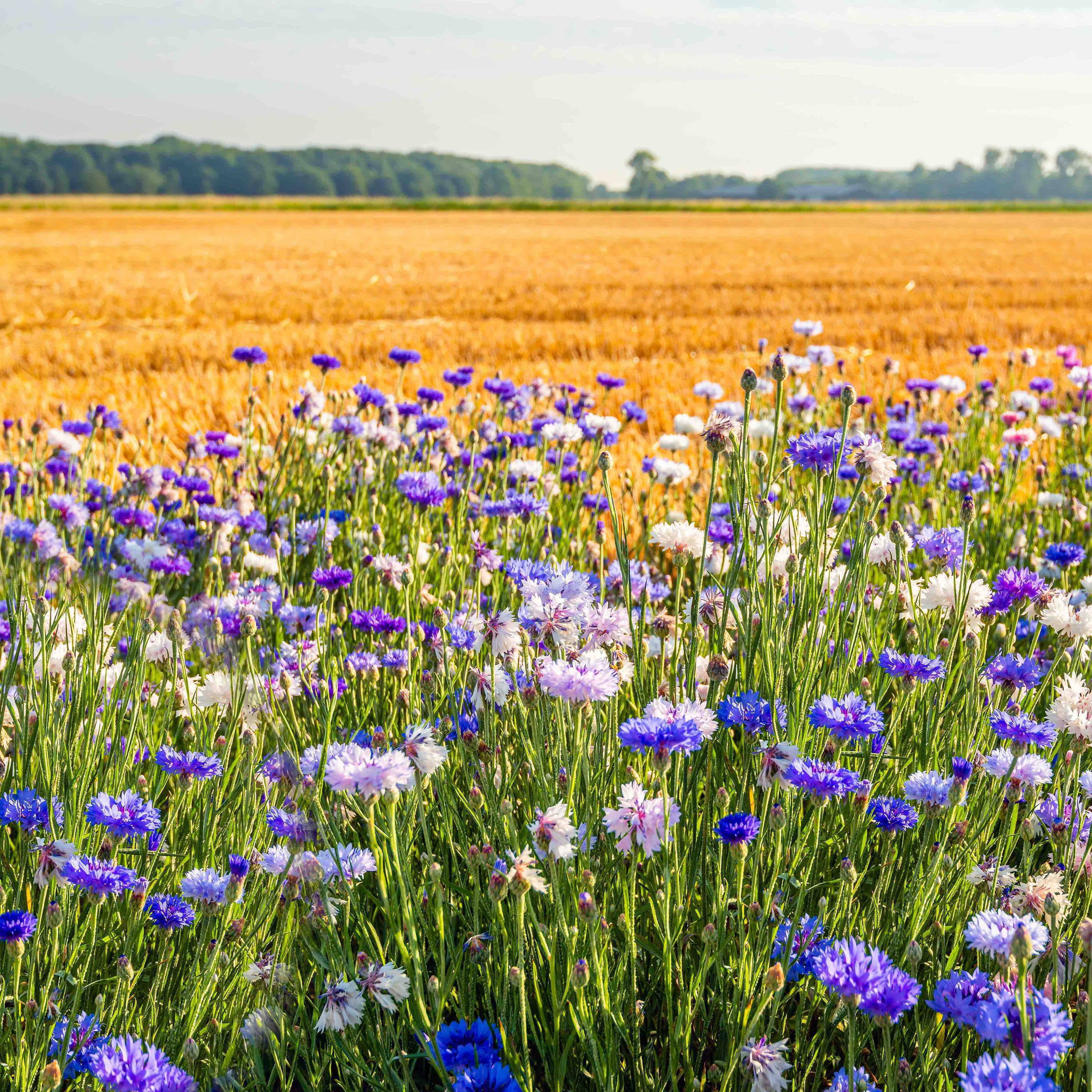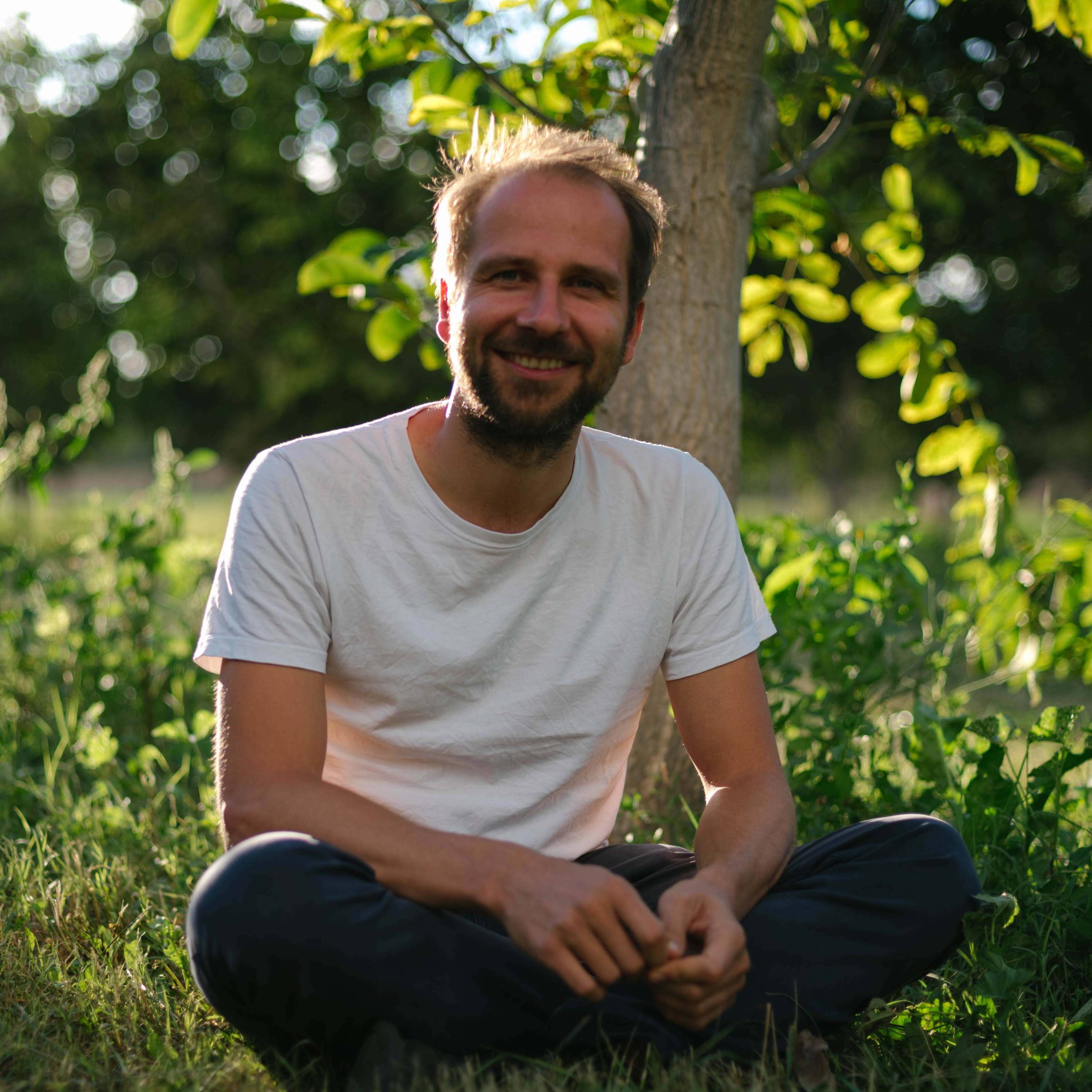All images: Shutterstock
Goal 15: Life On Land
scotland has a rainforest...
...and 7 other amazing things you didn’t know about trees
By hannah rochell and Jessica Jurkschat
31 August 2023
Trees have been around for 300 million years. That may sound like a long time, but it’s actually only the last 10% of Earth’s history. Their arrival, however, completely transformed life on the planet, allowing animals to thrive and live in and amongst them, using them for shelter and food.
We all know that trees are also vital for the very air we breathe; through photosynthesis, they extract carbon dioxide from the air and produce oxygen. They’re vital when it comes to combating the climate emergency too, because an excess of carbon dioxide in the atmosphere causes global warming. But the topic of trees is so much more than that – from Scotland’s rainforests to trees that can talk, here are seven of the most fascinating tree facts you didn’t know you needed to know.
1. Rainforests in Scotland
When you hear the word rainforest, you probably think of the Amazon, but surprisingly, Scotland’s west coast is home to a rainforest, too. Known as Atlantic woodland or Celtic rainforest, this precious temperate rainforest biome can only be found in areas with hyper-oceanic conditions, which means they have high levels of rainfall and year-round mild temperatures. It’s an ancient habitat made up from oak, birch, ash, pine and hazel.
But Scotland’s rainforest needs protection: it is under threat from invasive species such as Rhododendron, high levels of grazing by deer, diseases such as ash dieback, and, you guessed it, climate change. Our precious Atlantic woodlands, also found in Ireland, Norway, and other areas of the UK including the Lake District, north Wales, Devon and Cornwall, all need conserving. Temperate rainforests exist all over the world, from the North American Pacific Northwest to New Zealand, but the climate needed to sustain them only makes up 1% of the planet.
Towering Coast redwood trees
2. This tree is taller than the Statue of Liberty
The Coast redwood, or California redwood, is the tallest tree species in the world. They often grow more than 90m - that’s the equivalent of a 26-storey skyscraper. Its red bark is pretty amazing, because it’s resistant to insects, fungus and, incredibly, fire. Even during the unprecedented wildfires of 2020, many celebrated old trees in Big Basin State Park survived.
Coast redwoods usually take around 500 years to reach maturity and full height, but sometimes they just keep going. Hyperion, which is the tallest known Coast redwood at over 115m – that’s 22m taller than the Statue of Liberty – is thought to have been growing for as long as 800 years. It’s believed that Hyperion could have got even taller if it weren’t for a pesky woodpecker causing some damage at its top.
3. The world’s oldest living organism is a tree
So Hyperion is the tallest tree, but it’s not the biggest, nor is it the oldest. The Pando Tree of Utah, sometimes called Trembling Giant, was originally thought to be a grove of individual Quaker Aspen trees but in 1968, it was discovered to actually be a clonal colony – over 47,000 stems from the same root system. It covers around 106 acres, making it the largest living organism on the planet, as well as the heaviest.
And it takes a long time to get this big; while the average age of the stems is 130 years, the root system that they all grow from is thought to be at least 80,000 years old, possibly even older, making the Pando the oldest tree in the world. For context, this was around the same time that early modern humans began to migrate out of Africa.
An oak tree
4. Trees’ thirst prevents flooding
Trees need a LOT of water to survive. For example, a mature oak can ‘drink’ more than 40,000 gallons of water per year, while a much larger giant sequoia can get through as much as 500 gallons in a single day. This is a good thing; trees soak up water that could otherwise cause flooding, destroying homes and animal habitats, and washing away nutritious topsoil that is vital for growing crops.
In the UK, February 2020 was the wettest on record and one in six homes is now at risk of being flooded. As climate change causes our weather to get wetter, it’s important that we use trees for flood management and to reverse problems in areas now prone to flooding because of forest clearance. As well as absorbing water through their roots, a canopy of trees will slow the flow of rainfall before it hits the ground, allowing as much as 30% of it to evaporate instead.
5. Nearly 58% of all tree species exist in just one country
There are more than 60,000 known species of tree in the world, but well over half of them are endemic, meaning they only exist in one single country. This is one of the reasons why it’s so important to protect our local ecosystems and fight against tree monocultures – the mass planting of single species of trees, such as palms for oil – because it comes at the expense of native trees and in turn, wildlife.
In Yemen, 37% of its 825 tree species are endemic, including the umbrella-shaped Socotra Dragon Tree. Also known as a Dragon Blood Tree, it only lives on the Island of Socotra in the Arabian Sea. Because of its red resin, legend has it that the first tree was created from the blood of a dragon that had been injured by an elephant.
6. A single tree can boost bird biodiversity by 80 times
A Stanford University study found that by planting one tree in a pasture, it increased the number of bird species from net zero to 80. Adding more trees increased the number of new species but more gradually, until the point when an area reached nearly 100% tree cover, when the most endangered species also began to appear.
Native trees are vital to our biodiversity, which protects not only birds, but bees, other pollinators and insects, and animals such as squirrels and bats. If you have the space in your garden, consider planting native trees that will benefit your local wildlife more than an exotic or imported species would.
7. Trees can ‘talk’
OK, so they don’t have a language as such, but trees are able to emit airborne chemical signals that allow them to communicate with each other. It’s thought that the signals are meant as a warning for invasions by insects, and that trees that receive such signals become more resistant to attacks.
But how? It’s not just trees that can read the signals; animals can be attracted to them and come to the aid of the tree as well. For example, research has shown that apple trees can ‘shout out’ to birds that eat caterpillars, inviting them to come and feast on the very thing that’s attacking them.
8. The Amazon is home to roughly 400 billion trees!
It's also home to 47 million people, including more than 400 Indigenous groups – more than anywhere else on Earth. Indigenous peoples really are the Guardians of our rainforests.
ABOUT #TOGETHERBAND
Sustainability is at the heart of everything we do. All of our products are made from recycled materials and proceeds from sales go to projects and charities that advance the UN's 17 Sustainable Development Goals. Choose from recycled Ocean Plastic® wrist bands, sunglasses made from recycled CDs, compostable phone cases, and more. Shop now!









